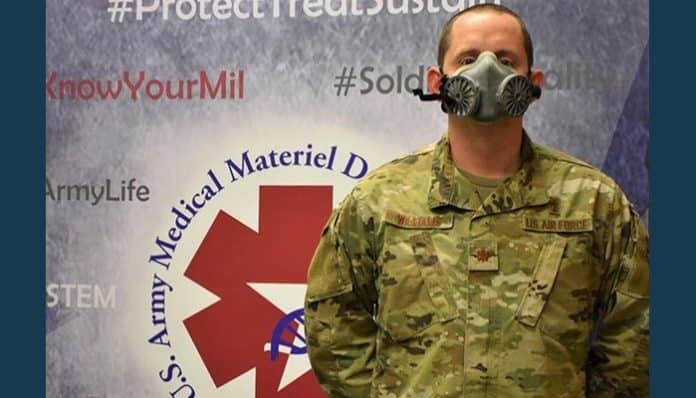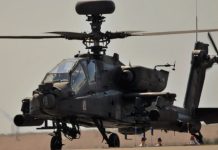
Jan. 25 (UPI) — The U.S. Army is using 3D printing technology to produce N95 respirators, the chief of the Defense Department’s medical technology office said on Monday.
Air Force Maj. Gen. Daniel Williams, of the U.S. Army Medical Materiel Development Activity’s Warfighter Expeditionary Medicine and Treatment Project Management Office, said his primary task involves assisting Defense Department commercial partners in producing respirators that comply with military needs.
While the companies have experience in 3D modeling of products, many have “never manufactured medical devices,” Williams said in a press release.
The N95 masks fit more closely to the face, and are more effective, than standard surgical masks, or face masks known as filtering facepiece respirators, in wide use to prevent COVID-19 infection.
“Our group has been working on what is called an elastomeric half-mask respirator, which is a reusable frame produced by a 3D printer, with a disposable media or cartridge that filters at the 95% level,” Williams said of efforts to quickly produce N95 respirators,
Eighteen variants of the N95 have been developed and tested by the team, he said.
“The primary purpose of the N95 working group is to develop N95 respirators to supplement existing supplies of respirators, as well as to develop new manufacturing capabilities within the DOD’s organic industrial base, which consists of military arsenals, maintenance depots and ammunition factories,” Williams added.
“Ensuring the DOD has the capability to independently manufacture protective respiratory devices will help to protect frontline workers during the COVID-19 pandemic, and it will also help to maintain our military readiness in the face of future pandemics or biothreats,” he said.
N95 respirators are among the most effective facemasks, filtering out at least 95% of small particles, and are largely used by doctors, nurses and other medical professionals.
Williams cited large-scale manufacturers, as well as the U.S. Navy Underwater Warfare Center-Keyport, U.S. Forces Korea, Defense Logistics Agency and the U.S. Coast Guard Academy as organizations with expertise to design and produce the N95 respirator.
In part because of involvement of the Defense Department’s COVID-19 Joint Acquisition Task Force, director Stacy Cummings told the House Armed Services Committee in June 2020 that N95 production would be ramped up to production levels of 800 million masks per year by January 2021.
“Starting in 2021, we anticipate our total domestic production to be in excess of a billion per year,” Cummings said.
One DoD partner, manufacturer 3M, predicted in November it would manufacture 95 million respirators by the end of 2020, citing an increase in production capacity prompted by a 20-fold increase in demand.





